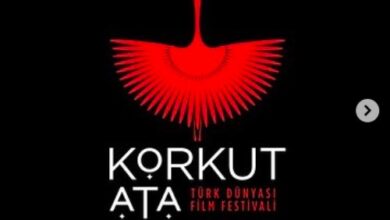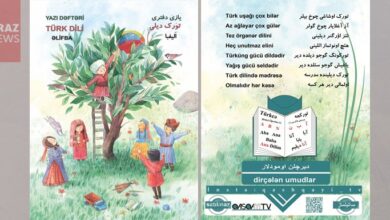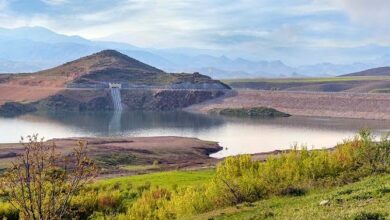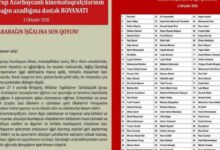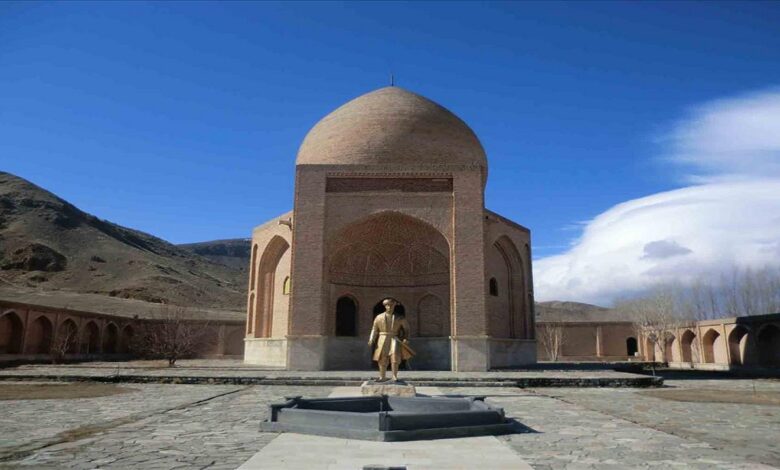
Ebrahim Kharazi, an archeological expert at the General Directorate of Cultural Heritage, Tourism and Handicrafts of West Azerbaijan, said: It was in the eighth and ninth centuries BC.
He continued: “Chaldoran was first studied by the German excavation team headed by Professor Wolfram Kleis in Bastam Fortress with the aim of identifying Urartian artifacts, which resulted in the identification of multiple settlements to different periods of human habitation.”
Kharrazi pointed to the main results of this study and added: “One of the most important results of this study is the identification of a relatively large area called” Roz “in the north of Chaldoran, Ruz is a clear example of large and important sites of the third millennium BC and belong to the ancient Caucasus culture.” (Old Bronze Age), around this area there was a wide stone fence, which later semicircular towers were added to the front of it.
The archaeologist said: “Access to the houses was through a single tabular gate, the houses are located almost without distance from each other and there are signs of alleys that can never be built on this site in later periods.”
He said: “Outside the main village, there was a large surrounding area, which was apparently a farm or terraced garden, and on each of them there was a single circular house. Road lines can be seen in this part, the shrine area with an area of about 15 The hectare consists of two parts, Arg and Sharestan, and at least two types of architecture with a rectangular and round space can be seen on its surface.
Kharrazi also referred to the excavations of Iranian archaeologists in this area and said: “In recent years, one of the Iranian archaeologists conducted excavations in the area of Roz in this area that pottery pieces, stone tools (obsidian and flint), tools related to agriculture and food processing and Blade tools in the form of reapers or scythes found in the production process in this area.
The archaeologist stated: The pottery of this area includes the pottery of Kora Arsi index, which is known in the late sites of ancient stone and bronze in the Caucasus and eastern Anatolia to the Levant, northwest and west of Iran.
He cited the dark and light gray color along with the polishing on the pottery as evidence of social existence related to the beginning of the urbanization period in Rawd and added: “The results of the latest historical archaeological studies in this area show the habitation and civilization of five thousand years.” Due to its proximity to the vast plain of Nakhchivan in the north and its proximity to the capital of the Urartian tribes in Van, Turkey, as well as its proximity to the Urartian fortress city of Bastam is of great historical importance. Chaldoran in the eighth and ninth centuries AH. M was one of the native lands of the Urartians.


